Due to the superior properties of
inorganic membranes, its application in the Chinese medicine pharmaceutical industry is rapidly spreading. A boom in the widespread use of inorganic membrane technology is about to emerge in the Chinese medicine pharmaceutical industry.
Technical features:
The high temperature resistance of the inorganic membrane is superior to that of the organic membrane, and it can be directly sterilized by steam in the production of traditional Chinese medicine.
The inorganic membrane has good chemical resistance, and can be cleaned more thoroughly by using various cleaning agents, and the membrane flux can be completely recovered, thereby having a long service life.
The membrane pore size of the inorganic membrane is finely graded, and its pore diameter is normally distributed. The membrane pores in the range of plus or minus 20% of the nominal pore diameter account for more than 90% of the total number, which can accurately and effectively separate a certain component in the stock solution to achieve the purpose of the removal or the extraction.
Filtration of Chinese medicine oral liquid
A ceramic membrane microfiltration device with a certain pore size is selected for filtration, impurity removal and sterilization of Chinese medicine oral liquid. The clarity, transparency and stability of the orally filtered liquid were significantly better than conventional plate and frame filtration, centrifugal filtration and diatomaceous earth filtration. The method can simplify the traditional Chinese medicine pharmaceutical production process and can obtain a higher liquid medicine yield than other methods.
Substitute alcohol precipitation
The purpose of the water extraction and alcohol precipitation process in the traditional Chinese medicine pharmacy is to remove the suspension and soluble impurities in the liquid medicine to ensure the quality and stability of the liquid. The disadvantages of this process are: the total solids and active ingredients of traditional Chinese medicines are seriously lost, the amount of ethanol is large, the recovery rate is low, the production cycle is long, and the energy consumption is high. The use of
ceramic membrane filtration directly clarifies the effect of the Chinese herbal medicine aqueous extract. The water extract can be directly filtered without cooling, thereby reducing the production process and shortening the production cycle. The use of ceramic membrane filtration can retain more active ingredients in the liquid, without using alcohol, which can greatly reduce production costs and reduce energy consumption.
Injection and removal of heat source
Injections often contain a heat source that is quite harmful to the human body. At present, there are two conventional methods for removing heat sources. One method is to remove the heat source contained in the injection by high temperature sterilization. This method consumes energy, costs a lot, and causes damage to the ingredients of Chinese medicine. Another method is to use a method of adsorbent adsorption. Commonly used adsorbents are activated carbon, silicon mud, ion exchange resins and the like. In addition to the low efficiency and high cost of the heat source, the regeneration of the adsorbent is also difficult. The ceramic membrane separation method is a new technology that has been developed in recent years and is being promoted and applied in the Chinese medicine industry. At present, it is mainly used for the preparation of deionized water for injection and injection, which can effectively remove the heat source in the injection solution, retain the original active ingredients, and greatly improve the product quality, and has obvious economic benefits.
The integrated membrane separation process based on the
inorganic ceramic membrane separation technology is applied to the extraction of traditional Chinese medicine, and has the following advantages:
The inorganic ceramic membrane separation technology is non-polluting and has no residue. It is a green technology. The filtration process uses only pressure as the power for membrane separation. The separation device is simple, easy to operate, and the process parameters are easy to control. The process is simplified, the process is short, and the production cycle is greatly shortened.
The membrane process does not undergo phase change, no heating is required, and energy consumption is greatly saved. The inorganic ceramic membrane separation technology has high filtration precision, and the filtrate has high clarity and less impurity content. The inorganic ceramic membrane separation technology can maintain the composition of the original formula and increase the content of the active ingredient. The ceramic membrane has high contamination resistance, low requirements for pretreatment of the chemical solution, and long-term high-throughput filtration membrane pores are rigid.
The membrane is inert, resistant to polar organic solvents, and resistant to corrosion and deformation. Ceramic membrane elements are resistant to high temperatures and can be sterilized with steam and oxidizing agents. The amount of ethanol used in production is greatly reduced, the explosion-proof requirements are reduced, and the operating environment and production safety are improved. The inorganic ceramic membrane separation technology changes the problem that the liquid solution after ethanol recovery by alcohol precipitation is often more viscous and difficult to concentrate, and the liquid preparation is not easily precipitated or stuck during storage. The content of impurity protein, tannin and pectin in the filtrate is greatly reduced, so that the membrane fouling of the subsequent organic ultrafiltration nanofiltration membrane is reduced, the flux is increased, and the cleaning cycle and service life are prolonged.
The inorganic ceramic membrane separation technology reduces the explosion-proof grade, and the capital construction and production line investment costs are small, which is conducive to safe production. Inorganic ceramic membrane separation technology saves solvent, reduces raw material cost and pollution control cost. The inorganic ceramic membrane separation technology can reduce the degradation and loss of active ingredients, and the pigment does not increase. The inorganic ceramic membrane separation technology can simultaneously suspend particles, bacteria, tannins, starch, colloids, proteins, some pigments and other macromolecules with high clarity. The membrane element has a long service life, low regeneration cost, stable operation process and sufficient product quality. The nanofiltration is concentrated to form a membrane integrated system.
JIUWU HI-TECH has always been market-oriented and actively explores the application of membrane technology in different fields.
JIUWU HI-TECH constantly understands customer needs and quickly meets the ever-changing customer needs through improvement and innovation to provide satisfactory services to customers.
 Application Of Ceramic Membranes In Wine Industry And Its Application Prospects
01 Feb 2019
Application Of Ceramic Membranes In Wine Industry And Its Application Prospects
01 Feb 2019
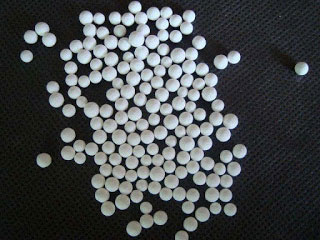 Ceramic Membrane For Traditional Chinese Medicine Production And Plant Extraction
05 Feb 2019
Ceramic Membrane For Traditional Chinese Medicine Production And Plant Extraction
05 Feb 2019
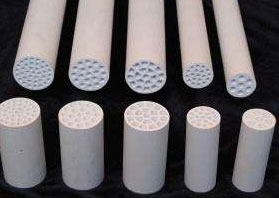 Application Of Ceramic Membrane Equipment In Transformer Oil And Gas Separation
12 Feb 2019
Application Of Ceramic Membrane Equipment In Transformer Oil And Gas Separation
12 Feb 2019
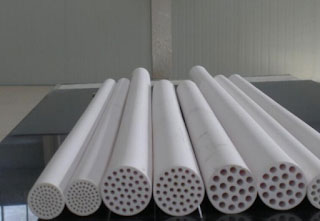 Ceramic Membranes Are Used In The Automotive Field Due To Their Good Performance
27 Jan 2019
Ceramic Membranes Are Used In The Automotive Field Due To Their Good Performance
27 Jan 2019


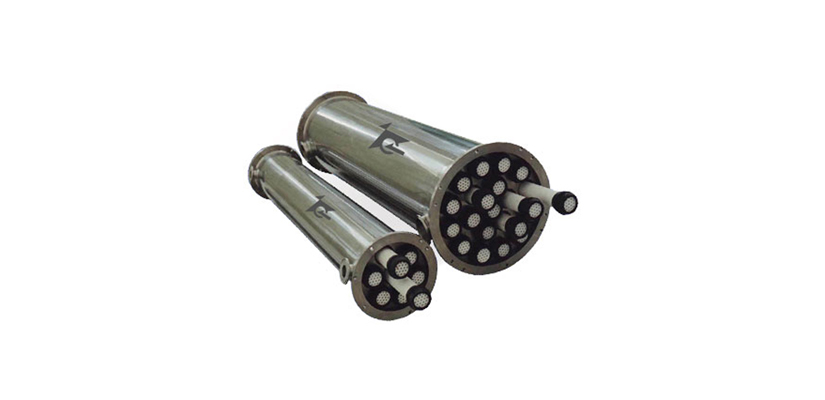
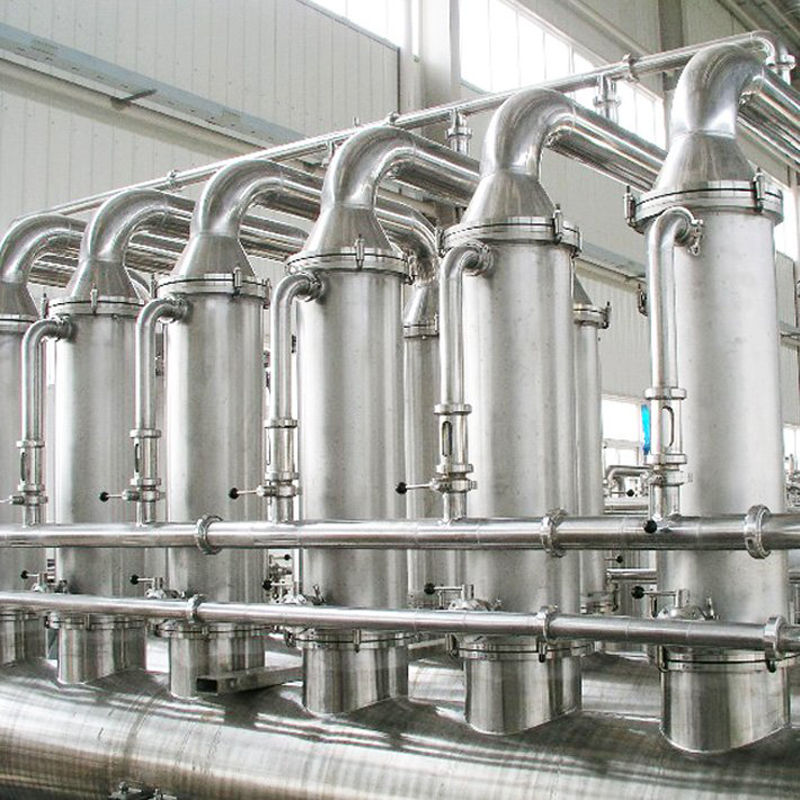
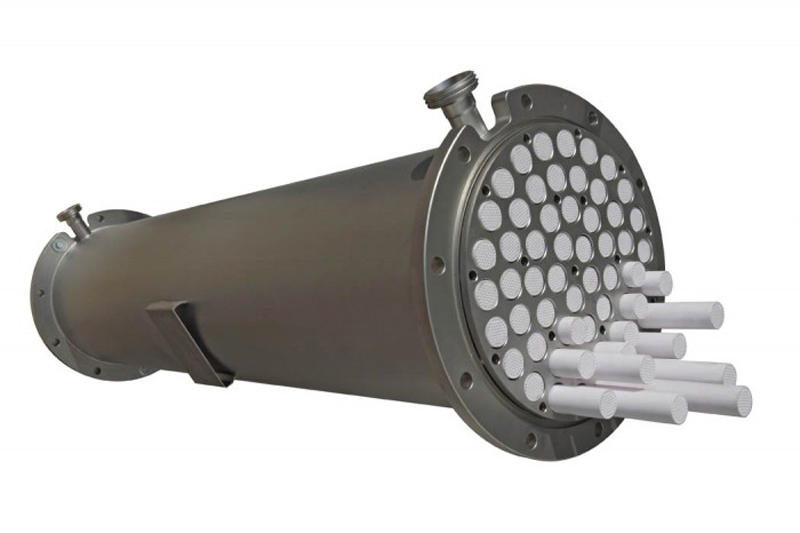
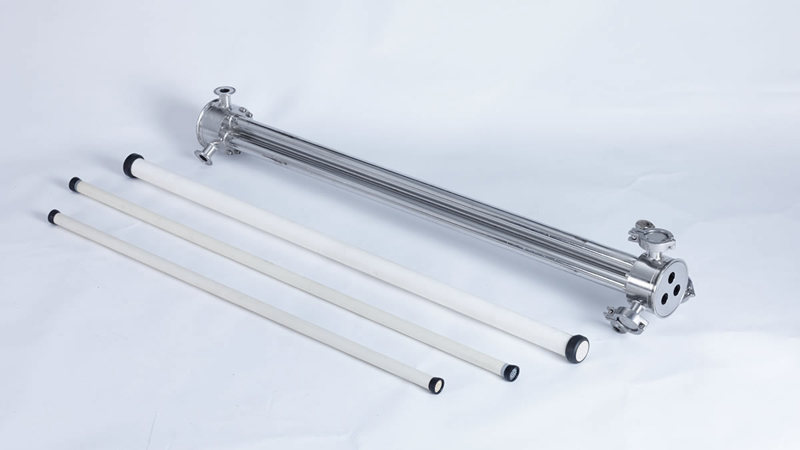
 +86-25-58849045
+86-25-58849045 
 No. 9 Yuansi Road, Pukou, Nanjing, Jiangsu, China 211808
No. 9 Yuansi Road, Pukou, Nanjing, Jiangsu, China 211808